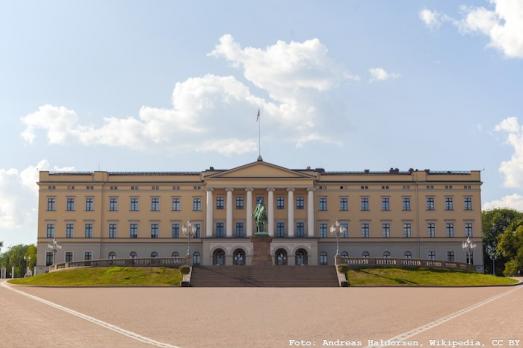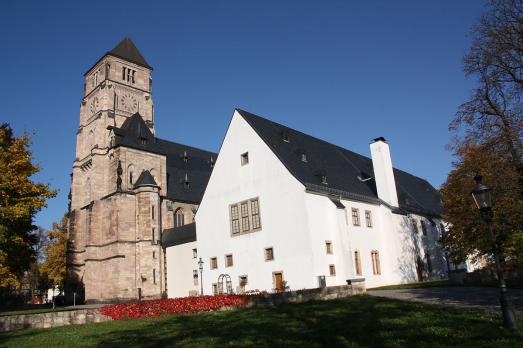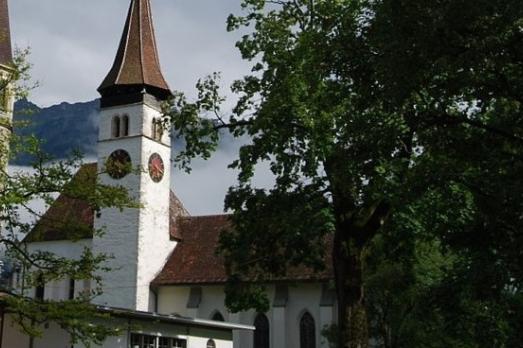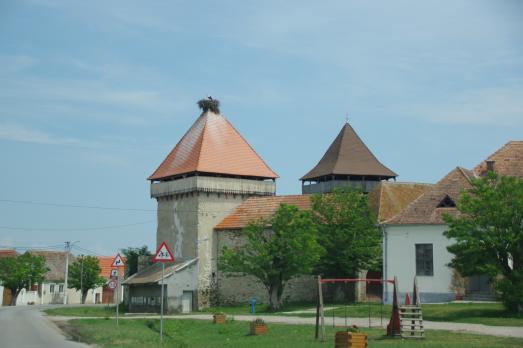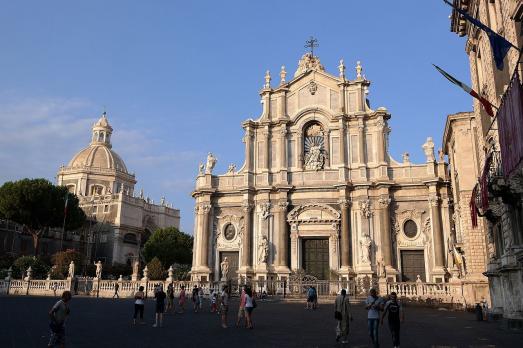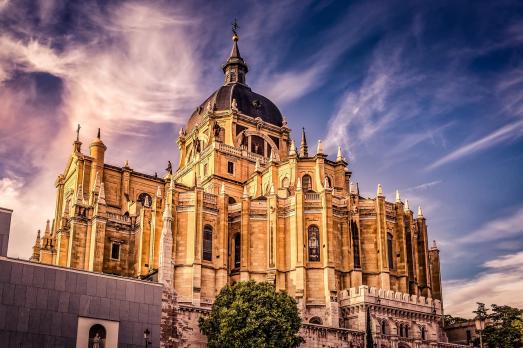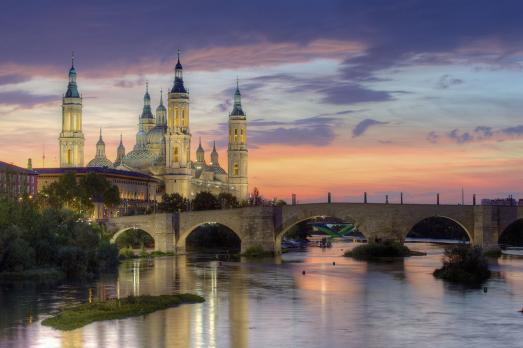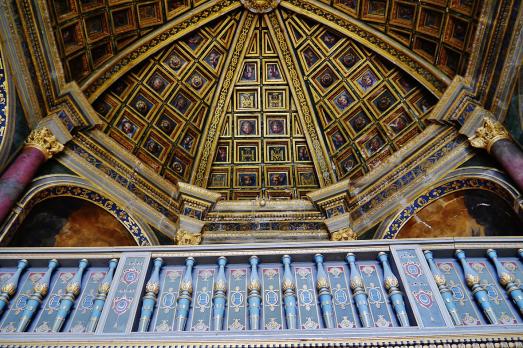
Castle Chapel of Saint Saturnin
Fontainebleau, FR
This magnificent chapel was built by the architect Philippe Delorme in the 16th century. It is the royal chapel of the Château de Fontainebleau. The interior walls are covered with impressive paintings made under Henri IV. Under Napoleon I, in 1807, it became the library of the castle. This is the function it retained until 1851.
